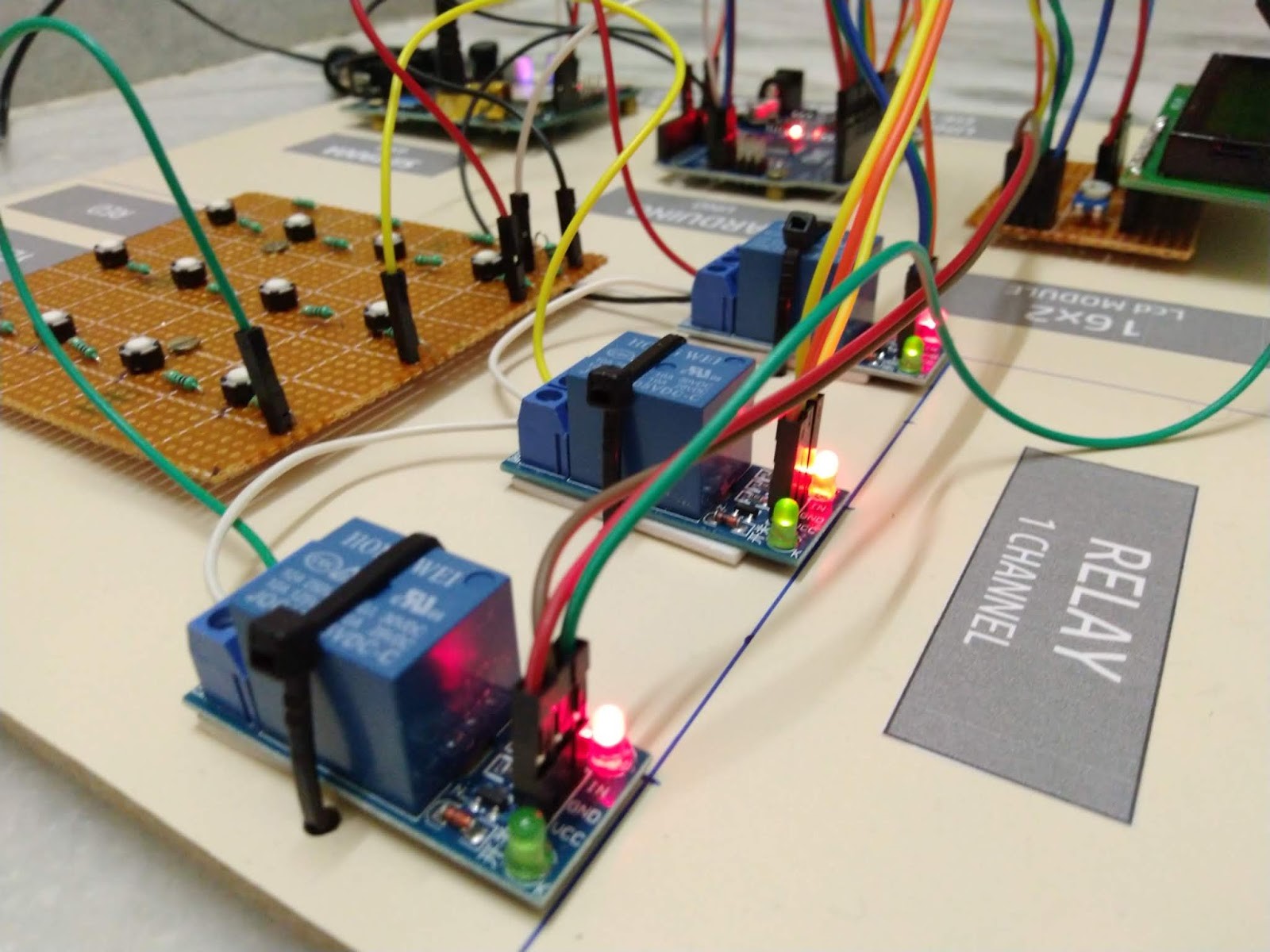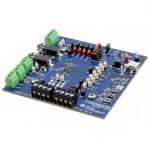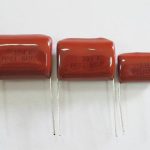
By using a megger it is not difficult to detect faults in underground cables but it is hard to find the exact point of error and for that you might have to use some special techniques. Murray and Varley loop tests for locating faults are two of the most popular techniques used for detecting faults in underground cables. But we will discuss a few other techniques that are useful for detecting faults in these cables. Other than that you can find detectors at an electronic components store online easily. The three techniques are cable thumping, TDR, and high voltage radar methods.
Cable Thumping
A cable thumper is fundamentally a compact high voltage flood generator. It is utilized to infuse a high voltage DC flood (around 25 kV) into the broken link. On the off chance that you supply an adequately high voltage to the broken link, the open-circuit deficiency will separate making a high-current bend. This high current bend makes a trademark pounding sound at the specific area of the deficiency.
To discover the area of link issue utilizing the pounding strategy, a thumper is set to pound over and again and afterward strolling along the link course to hear the pounding sound. The higher the dc voltage applied, the stronger will be the subsequent bang. This technique is valuable for moderately more limited links. For longer links, the pounding technique gets unrealistic (envision strolling along a link that runs a few kilometers to hear the bang).
TDR
TDR is abbreviated as a time domain reflectometer. When the repetition rate is high it send a low energy signal of short duration into the cable. When this signal is sent to the cable it comes reflecting back from the location of the fault in the cable. RADAR and TDR work quiet in a similar fashion. What TDR does is that it measures and notes the time that the signal takes to come back from the location of fault in the cable. On a graphical display these signals are showed where the amplitude of the signals shown on y-axis and the time that it took to reflect on the x-axis. The time is directly proportional to the distance of the point of error. On the off chance that the infused signal experiences an open circuit (high impedance), it brings about high sufficiency up diversion on the follow. While if there should arise an occurrence of a short out issue, the follow will show a high abundance negative redirection.
High Voltage Radar
The effectiveness of the TDR in finding underground faults is limited because mostly the low voltage TDR it is unable to locate high resistance underground cable defects. There the high voltage radar techniques can be used to overcome these difficulties. Through methods like arc reflection in which a TDR is used in combination with a filter and thumper, a surge pulse reflection method which uses a combination of an oscillator, a thumper and a current coupler, and a voltage decay reflection method that uses the combination of a storage oscilloscope, a voltage coupler, and a dielectric test set. All of these can be found in an electronic components store.





















